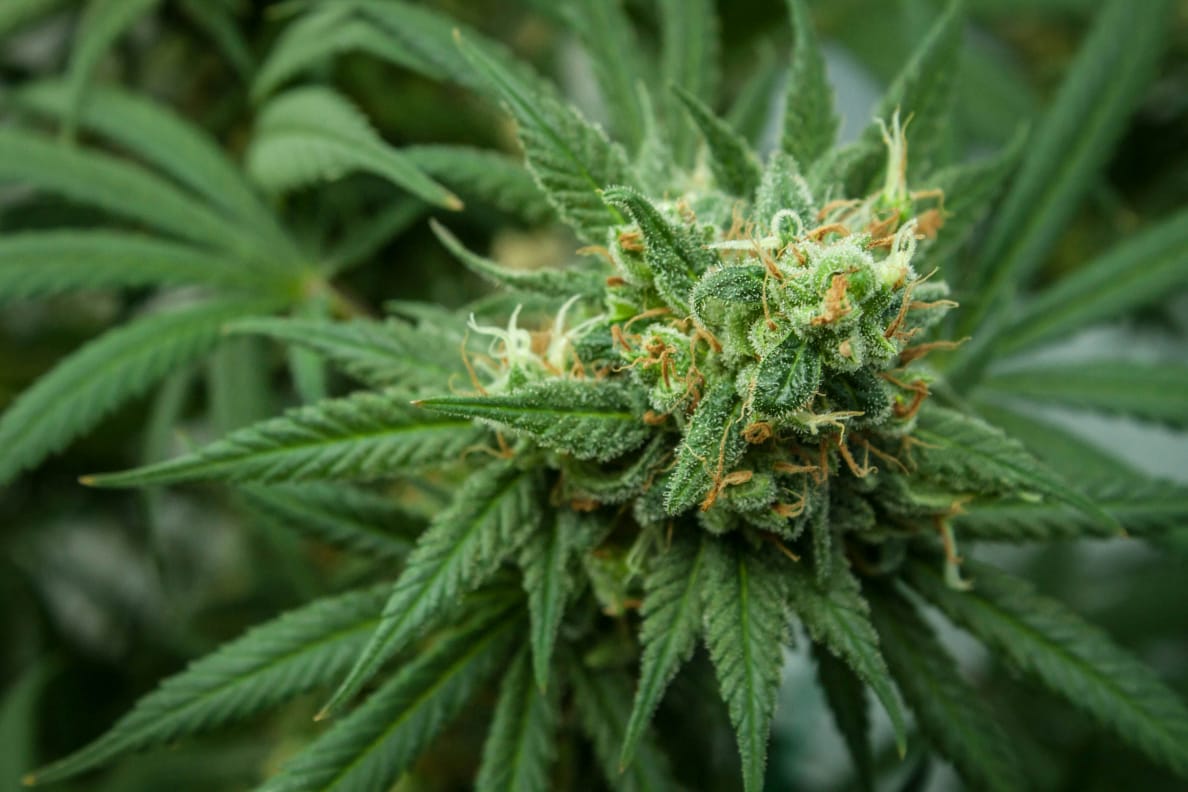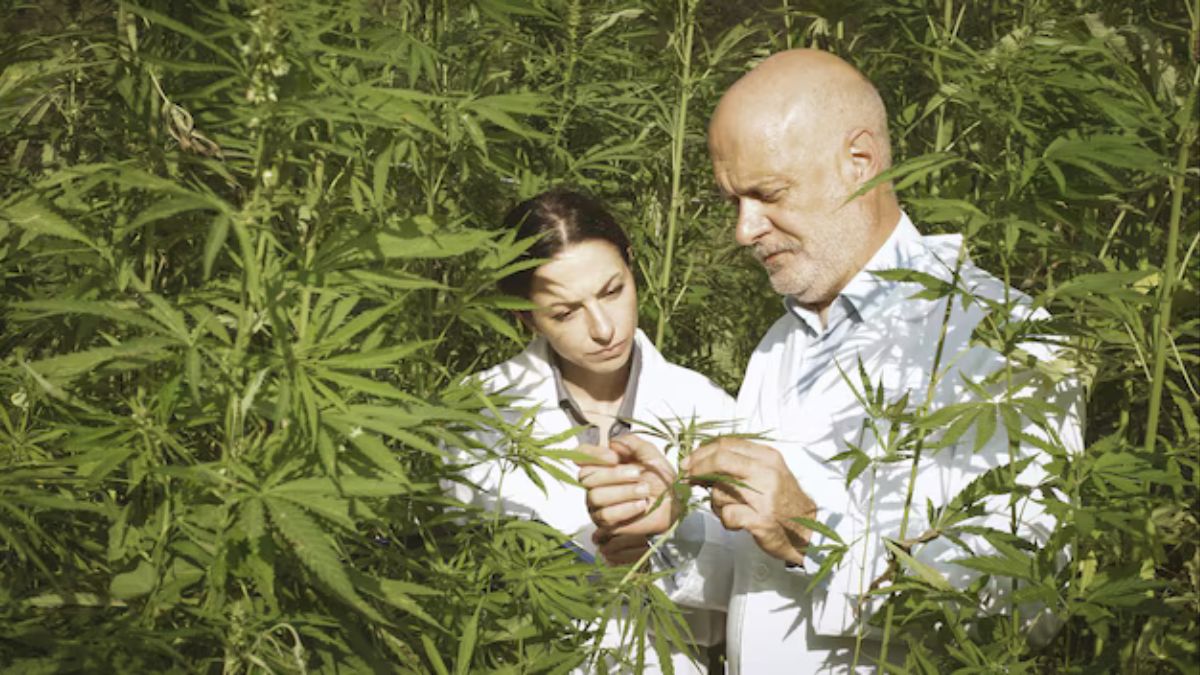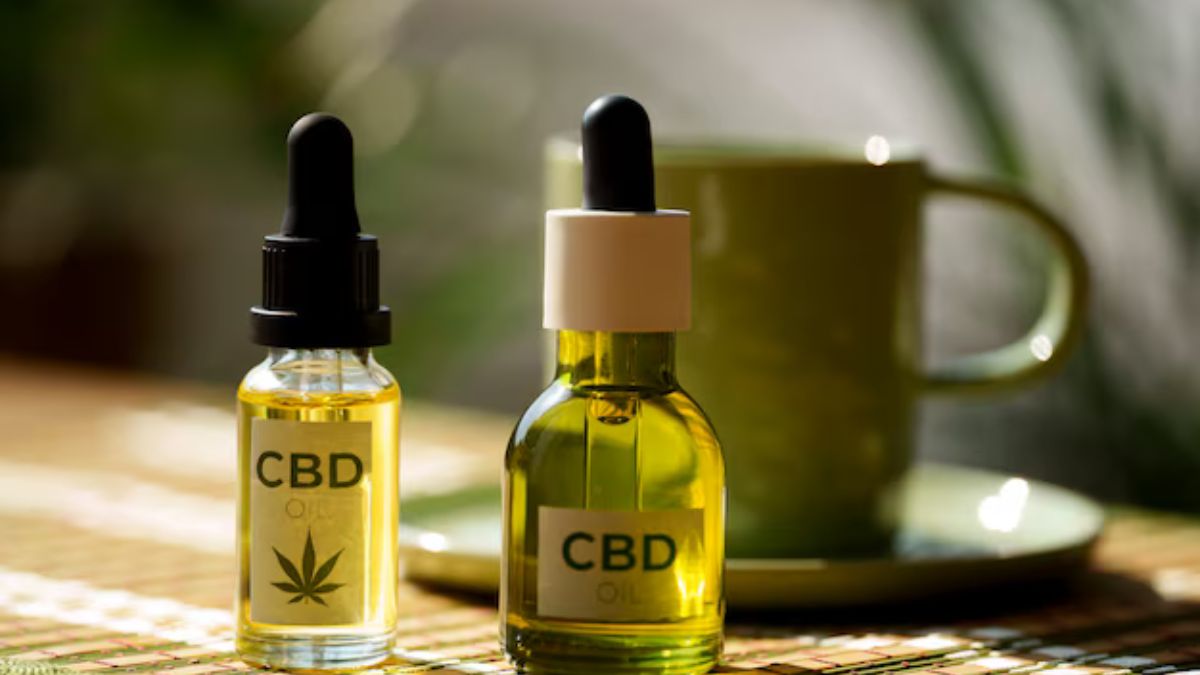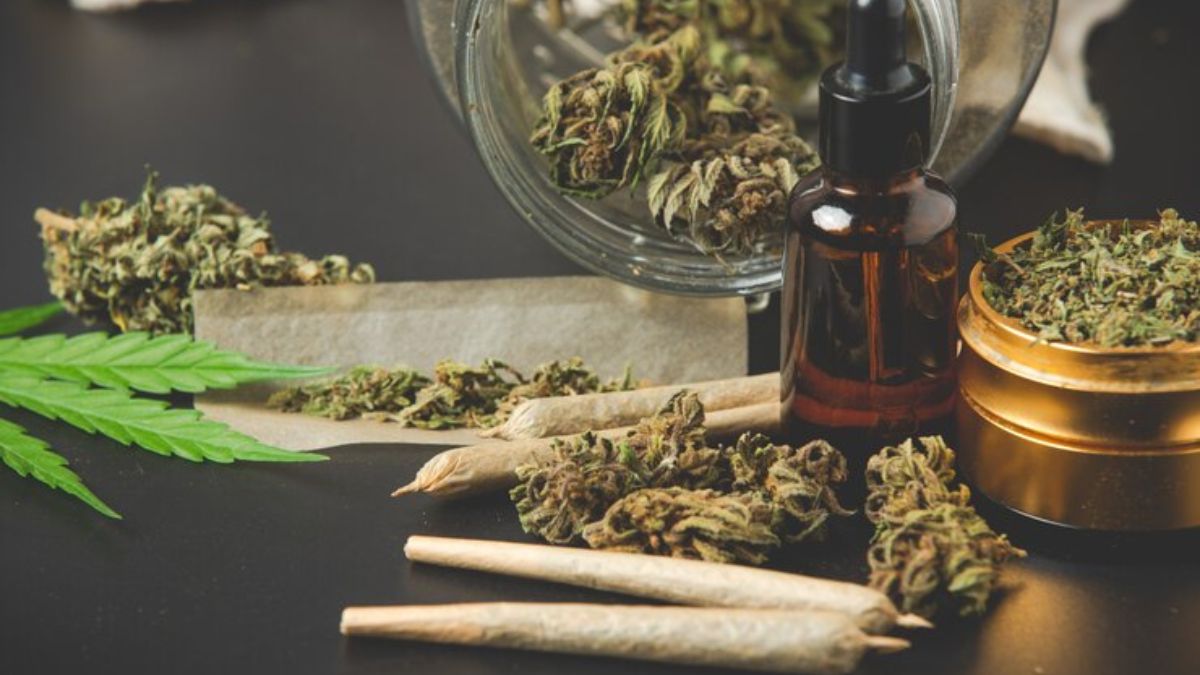Growing cannabis can be very rewarding, but getting the best yield takes some careful attention and a bit of flexibility in your techniques. Whether you’re just starting or have been growing for a while, these five tips will help you increase your cannabis yield and improve your harvest.
1. Start With High-Quality Seeds
High-quality seeds are essential for achieving a high cannabis yield. These seeds come from trusted seed companies and are usually feminized, meaning they produce female plants that bear buds. Choose seeds with strong genetics, as they are more likely to grow into healthy plants that resist pests and diseases. When selecting seeds, consider whether they are suited for indoor or outdoor growing to match your setup.
High-grade seeds improve the flavor, effectiveness, and general quality of your crop. Investing in premium seeds from the beginning sets the stage for a successful and plentiful cannabis-growing experience. You could even look into using premium autoflower seeds, which move from the vegetative to blooming stage depending on age rather than light cycle, for a faster and easier growth procedure.
2. Optimize Your Growing Environment
Creating an ideal growth environment is essential for thriving cannabis plants. Moisture, temperature, and lighting are all essential for plant growth. Cannabis flourishes in temperatures ranging from 70 to 85°F (20 to 30°C) throughout the daytime and a bit cooler at night. Keeping temperatures stable throughout this range helps to avoid stress, which can affect yield. Adjust the humidity according to the crop’s growth stage.
Seedlings require higher humidity (65-70%), while flowering plants thrive in lower humidity (40-50%). Use a hygrometer and thermostat to monitor these conditions. Lighting is also vital. If you’re growing indoors, ensure that your plants receive a minimum of 18 hours of light every day throughout the vegetative phase and twelve hours per day during flowering. Strong growth can be encouraged and natural sunlight mimicked by excellent LED or HID grow lights.
3. Implement Proper Nutrient Management
Managing nutrients is crucial for maximizing your cannabis yield. Cannabis plants require a well-balanced diet that includes macronutrients (nitrogen, phosphorus, potassium) and micronutrients. Higher nitrogen levels are helpful during the vegetative stage, whereas phosphorus and potassium become increasingly crucial during flowering.
Overfeeding or underfeeding can harm your plants, so follow a nutrient schedule designed for cannabis and adjust based on your plants’ needs. Organic fertilizers can increase soil health, resulting in healthier, more resilient plants. Regularly check the pH levels of your water and soil, aiming for a pH of 6-7 in soil and 5.5-6.5 in hydroponic systems to ensure nutrients are properly absorbed.
4. Utilize Training Techniques
Your cannabis output can be greatly increased by using training methods, including topping, hyper cropping, and low-stress training (LST). By chopping off the main stem, topping encourages the plant to develop several colas rather than a single main bud, which more evenly distributes energy and increases overall yields.
In low-stress training (LST), branches are gently bent and tied down to maximize light penetration, generate an equal canopy, and encourage the development of lower buds that could otherwise be shaded. Super cropping, often called high-stress training, is a technique where the stems are gently pinched and bent to form knuckles that can sustain larger buds.
When used properly, these techniques can boost bud production and enhance your plants’ general health. Before attempting any method, make sure you understand it and have done your homework to prevent overstress or injury.
5. Monitor and Control Pests and Diseases
Pests and diseases are major threats to your cannabis yield. Aphids, spider mites, and whiteflies are common pests, and illnesses like powdery mildewing and root rot can completely destroy your crop. Protecting your plants requires taking preventative action. Check your plants frequently for indications of illness or pests. Unusual patches, webbing, or yellowing leaves might all be signs of trouble.
Two effective organic methods for controlling pest infestations without harming your plants are neem oil and insecticidal soap. Additionally, maintaining proper ventilation and humidity levels can help prevent mold and mildew.
Removing lower branches and leaves promotes better air circulation and lowers the chance of diseases linked to moisture. If cultivating outside, think about employing natural pest deterrents like basil or marigolds.
Conclusion
Increasing your cannabis yield involves choosing the right seeds and strains, optimizing your growing environment, managing nutrients properly, using training techniques, and being vigilant about pest and disease control. By focusing on these factors, you can enhance the productivity and quality of your cannabis plants, leading to more bountiful and satisfying harvests.










